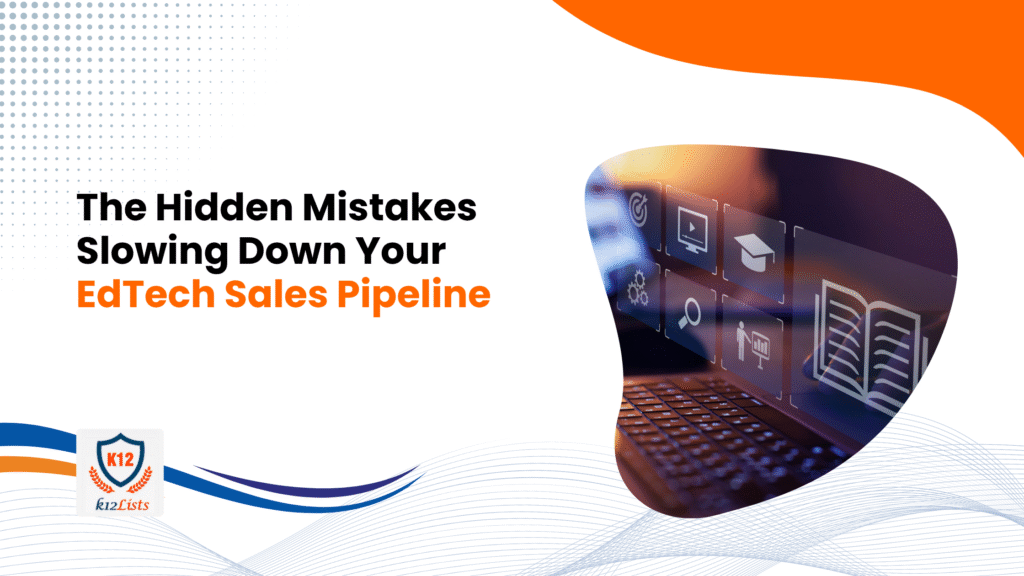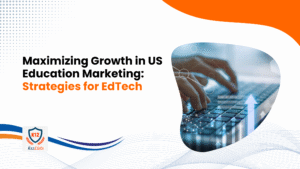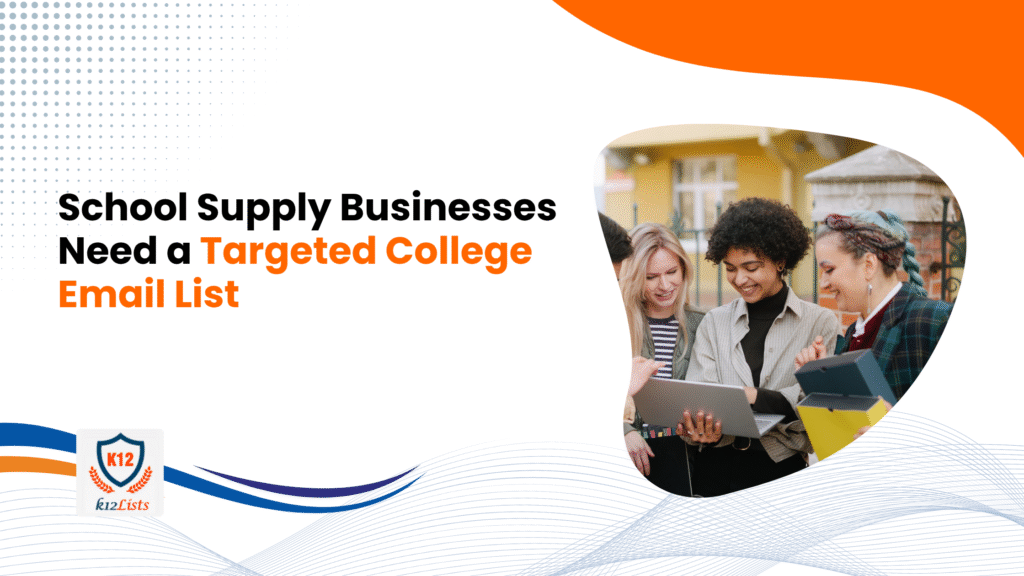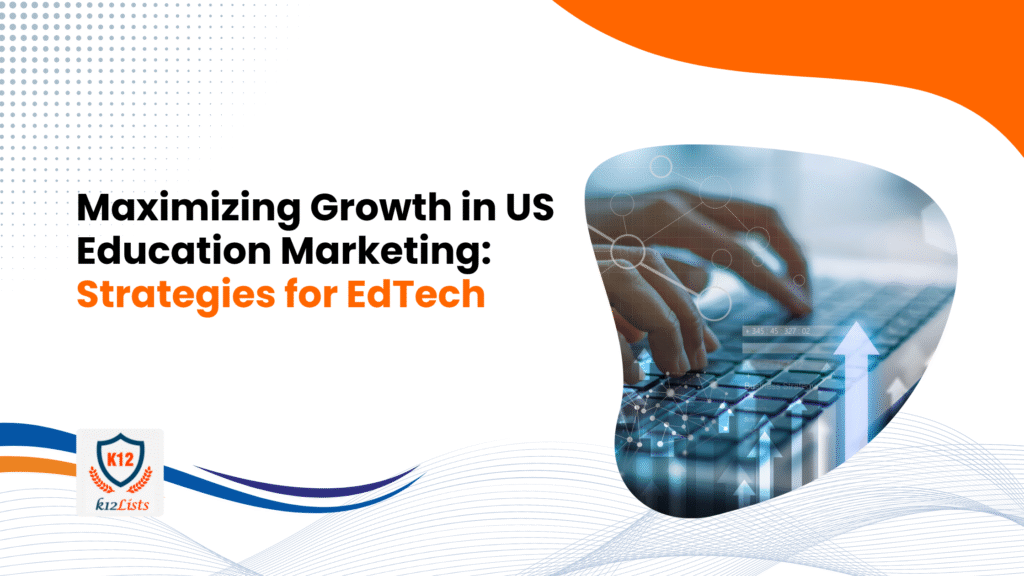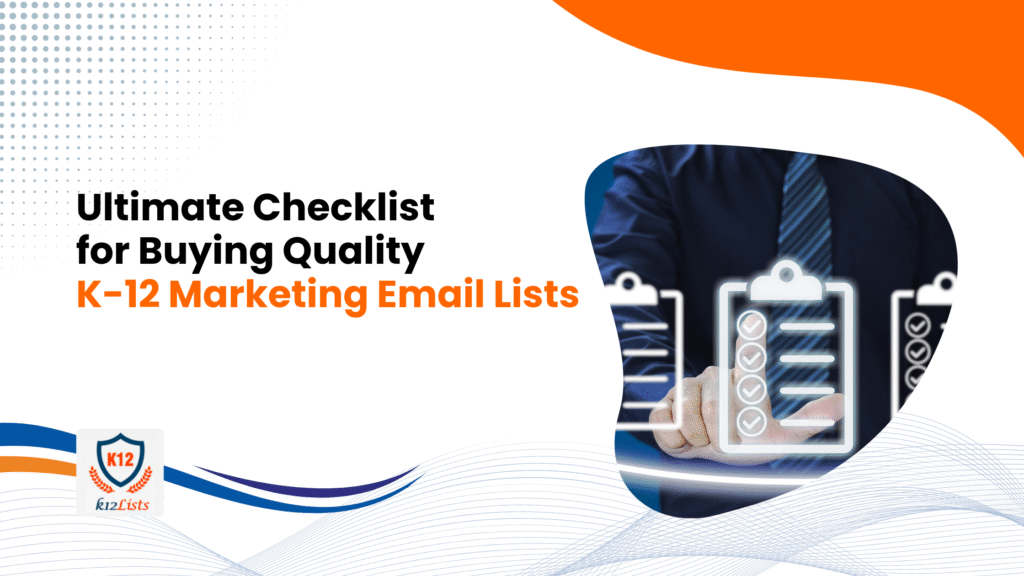Introduction
For many EdTech companies, building a healthy sales pipeline feels like climbing uphill. Even with a great product, getting schools, districts, or universities to buy is not easy. The EdTech sales pipeline is unique—longer, more complex, and influenced by multiple decision-makers.
But here’s the catch: the biggest slowdowns don’t always come from external challenges. Instead, they often stem from hidden mistakes in targeting, outreach, and data quality.
In this article, we’ll explore the most common mistakes that quietly sabotage EdTech sales pipelines and how fixing them can unlock faster conversions, stronger engagement, and better ROI.
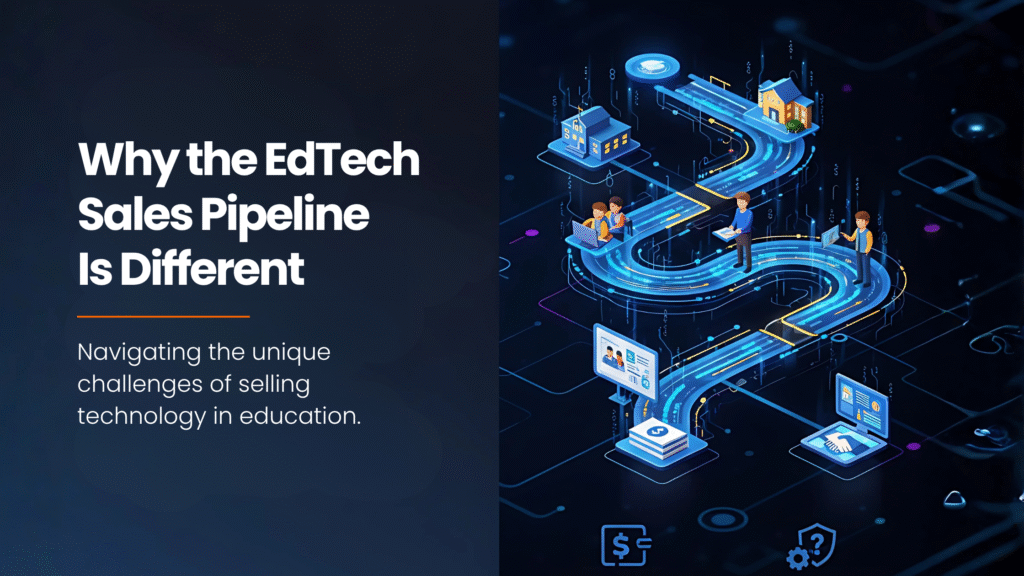
Why the EdTech Sales Pipeline Is Different
Unlike other B2B markets, selling into education requires navigating multiple layers of stakeholders. A teacher may love your solution, but final approval usually comes from principals, IT directors, or district procurement offices. Add in budget cycles, government regulations, and seasonal buying windows, and you’ve got one of the most complex pipelines in B2B.
This complexity makes EdTech sales pipelines highly vulnerable to mistakes like weak targeting, outdated data, and poor messaging. Fixing these mistakes is the key to unlocking consistent growth.
1. Targeting the Wrong Decision-Makers
One of the most common pitfalls is pitching your product to the wrong audience. Many vendors send campaigns to teachers, hoping word will spread up the chain. But teachers are often influencers, not decision-makers.
Who makes the real decisions? Principals, superintendents, IT directors, and district procurement officers typically hold the purchasing power. If your outreach doesn’t reach them, your pipeline stalls.
Fix:
- Use verified K-12 Decision-Maker Email List to target principals, administrators, IT leaders, and curriculum directors.
- Segment contacts by role, ensuring your messaging matches their responsibilities.
- Align campaigns with both influencers (teachers) and ultimate decision-makers for broader impact.
Takeaway: Without precision targeting, even the best product won’t move past the awareness stage.
2. Generic Messaging That Lacks Relevance
Schools don’t respond well to one-size-fits-all pitches. A principal is concerned with student outcomes, while an IT director cares about integration and security. Sending generic messaging to everyone is a fast way to lose interest.
Fix:
- Craft tailored messaging for each role in the decision-making chain.
- Use personalization to highlight relevant benefits (e.g., time savings for teachers, budget efficiency for administrators, and compliance assurance for IT heads).
- Segment lists by role, geography, or school type to deliver contextual value.
Takeaway: The more relevant your message, the faster your sales cycle moves.
3. Ignoring the Length of the Sales Cycle
EdTech budgets are typically reviewed annually. Rushing schools to make decisions when budgets aren’t available often backfires.
Many companies abandon leads too early, assuming disinterest, when in reality, schools may just need time. Ignoring the long nurture cycle can drain your pipeline.
Fix:
- Build long-term nurture campaigns with educational content, case studies, and follow-ups.
- Stay visible throughout the year with newsletters, webinars, and product updates.
- Track buying windows for each district or institution to time outreach effectively.
Takeaway: Patience, consistency, and nurturing are critical in EdTech sales.
4. Relying on Unverified or Outdated Data
Nothing slows down a sales pipeline like bad data. Unverified contacts lead to bounces, low open rates, and spam complaints. Worse, they waste your team’s time and budget.
Fix:
- Invest in Verified K-12 Email List to ensure accuracy.
- Regularly clean your database by removing inactive or invalid contacts.
- Partner with trusted data providers who update education records continuously.
Takeaway: Accurate, verified data is the foundation of a strong EdTech sales pipeline.
5. Lack of Multi-Channel Follow-Up
Many EdTech companies rely heavily on email blasts or cold calls. But today’s decision-makers engage across multiple touchpoints. Limiting yourself to one channel slows down momentum.
Fix:
- Combine email outreach with LinkedIn campaigns, webinars, and content marketing.
- Use retargeting ads to stay visible after first contact.
- Create a multi-touch nurturing system that builds familiarity and trust.
Takeaway: Multi-channel engagement accelerates pipeline movement by meeting prospects where they are.
How to Fix These Mistakes and Accelerate Your Sales Pipeline
Once you’ve identified the hidden mistakes, the solution lies in building a smarter, data-driven outreach system. Here’s how:
- Reach Real Decision-Makers: Verified K-12 Lists give you direct access to principals, administrators, IT heads, and procurement officers.
- Improve Campaign ROI: Send fewer, more targeted emails to maximize conversions and lower acquisition costs.
- Boost Engagement Rates: Tailor messaging by role, geography, and school type.
- Protect Sender Reputation: Verified lists reduce bounces and spam complaints.
- Enable Personalization at Scale: Segment data for campaigns that speak directly to recipient needs.
- Expand Globally with Precision: Access contacts across regions while maintaining relevance with localized outreach.
Bottom line: A refined, quality-driven approach moves your EdTech pipeline faster and more efficiently.
Case Example: Quality vs. Quantity in Action

Conclusion
The EdTech sales pipeline is already complex you don’t want to make it harder with mistakes that can be avoided. From targeting the wrong decision-makers to using poor-quality data, these hidden issues can silently drain your growth.
By focusing on Verified K-12 Data, personalization, long-term nurturing, and multi-channel engagement, EdTech companies can speed up their pipeline and close more deals with schools and districts.
Final thought: It’s not about chasing more leads. It’s about reaching the right educators with the right message at the right time.
FAQs
The biggest challenges include navigating multiple decision-makers, long approval cycles, and strict education budgets. These factors make EdTech sales slower than other industries.
EdTech companies generate qualified leads by using verified K-12 email lists, targeting decision-makers like principals or IT directors, and tailoring messaging to educator needs.
EdTech sales cycles are longer because schools and districts follow annual budget approvals and committee decisions. This requires consistent nurturing over several months.
You can improve ROI by using segmented, verified K-12 email lists, sending personalized outreach, and focusing on long-term engagement with educators instead of one-off campaigns.
Data quality is critical because verified, accurate lists improve deliverability, engagement, and conversions. Poor-quality data causes high bounce rates and wasted marketing spend.

